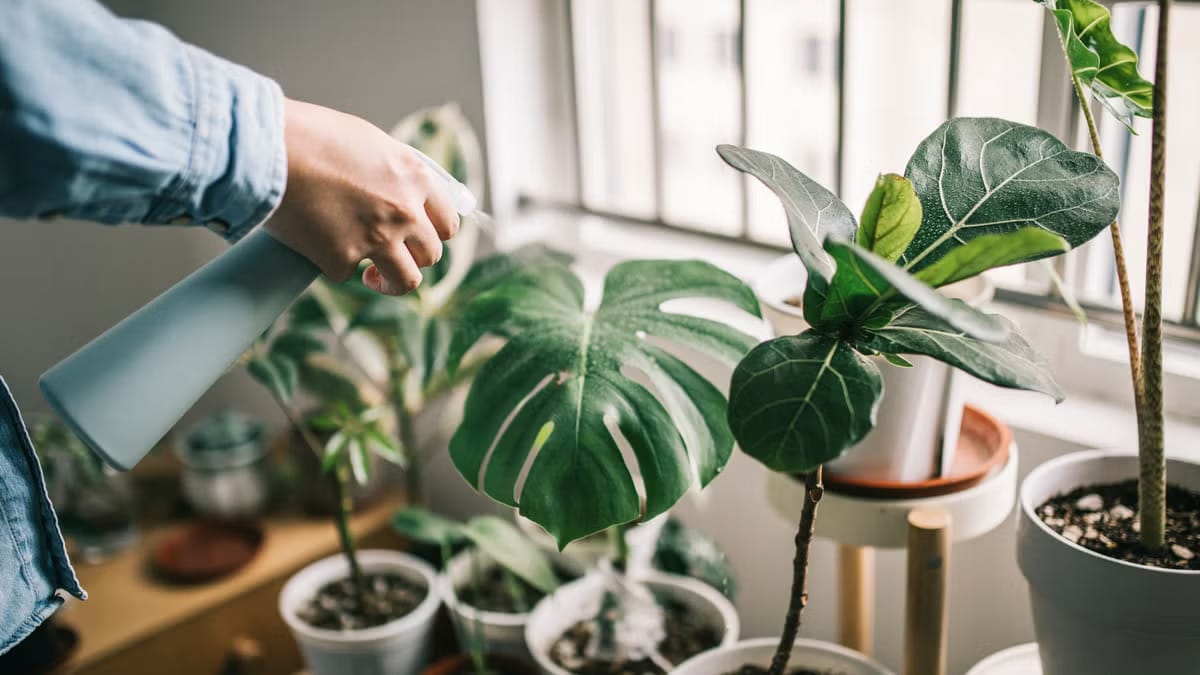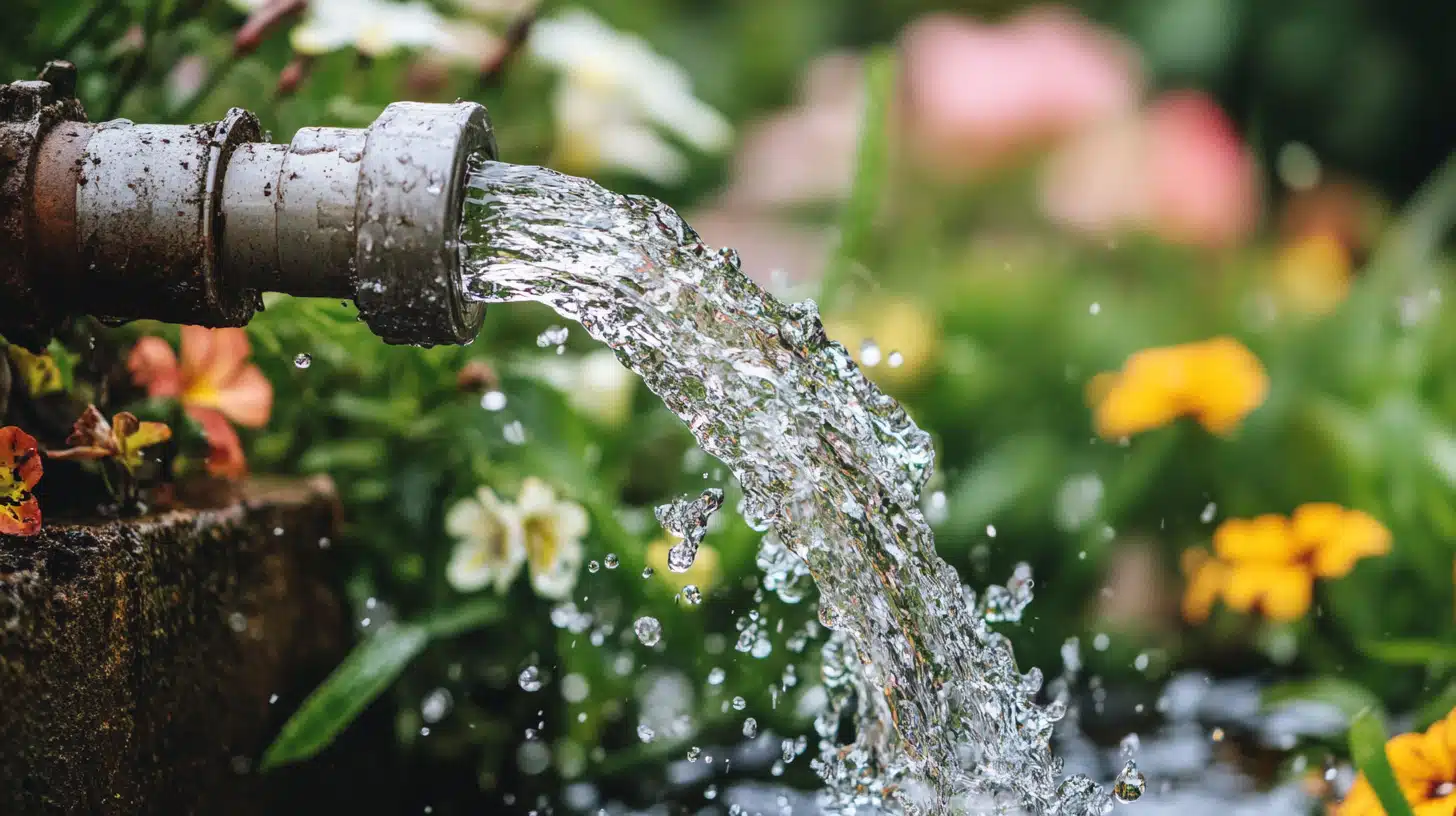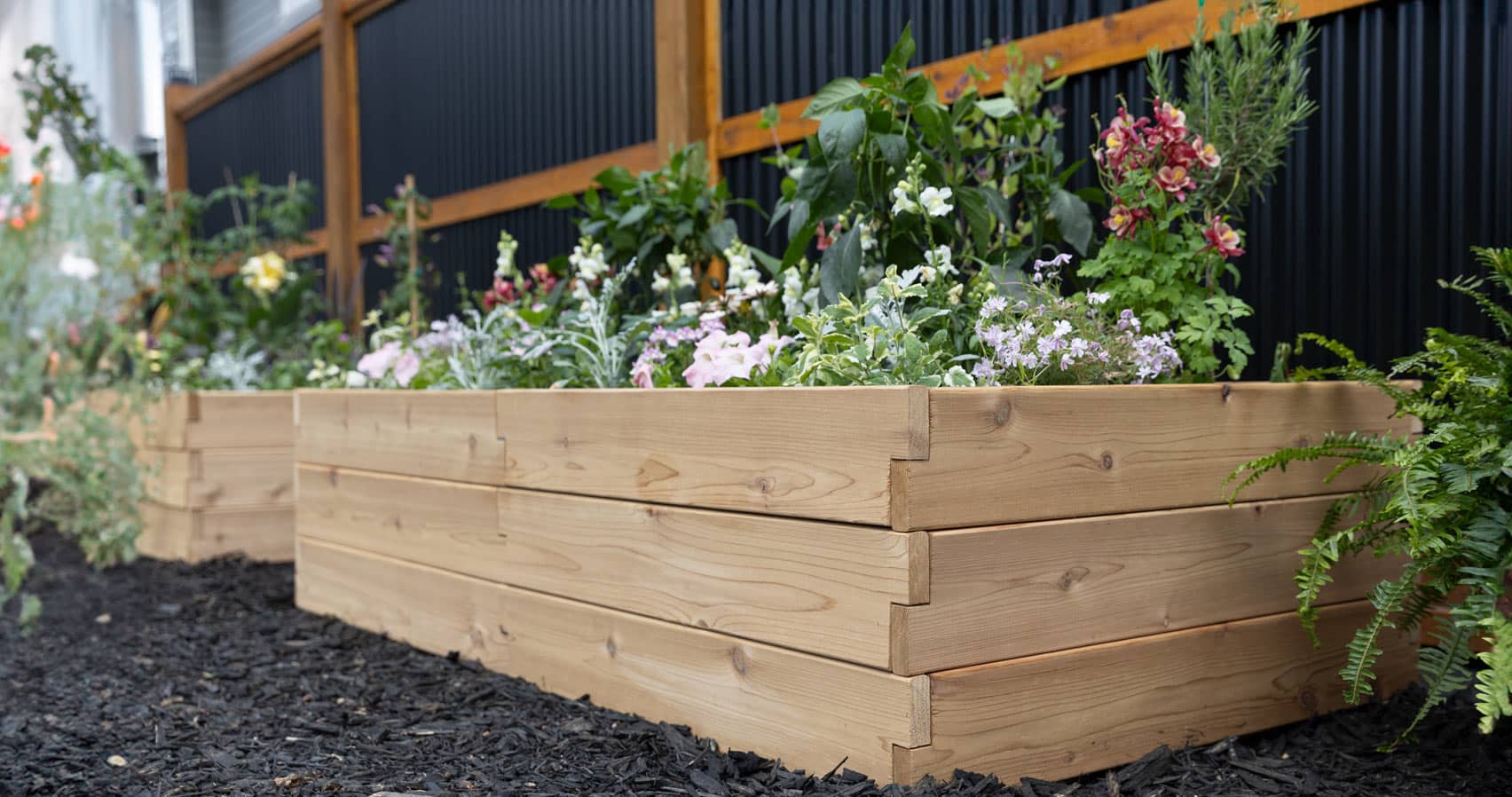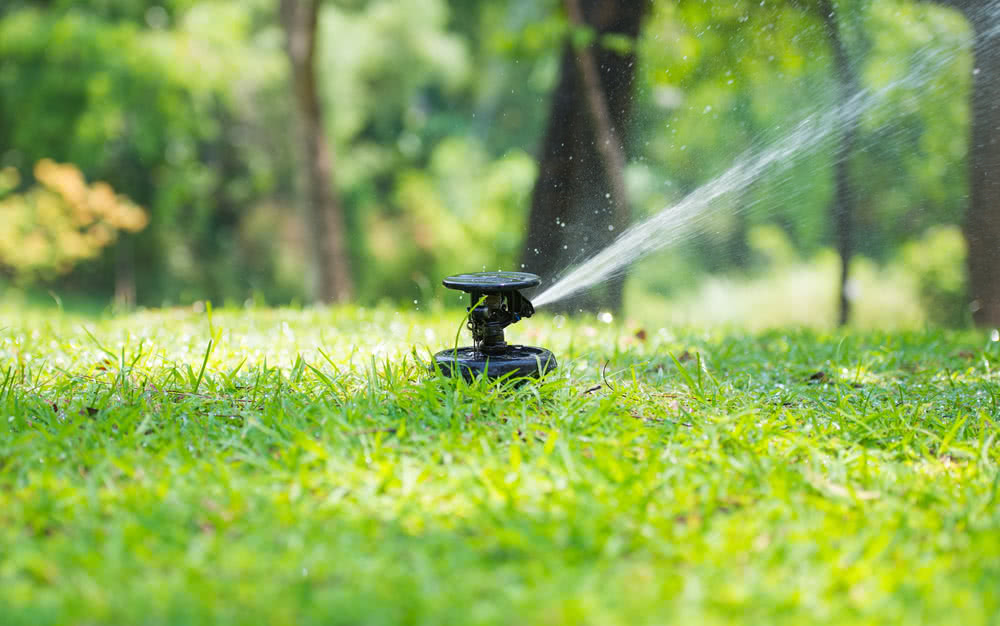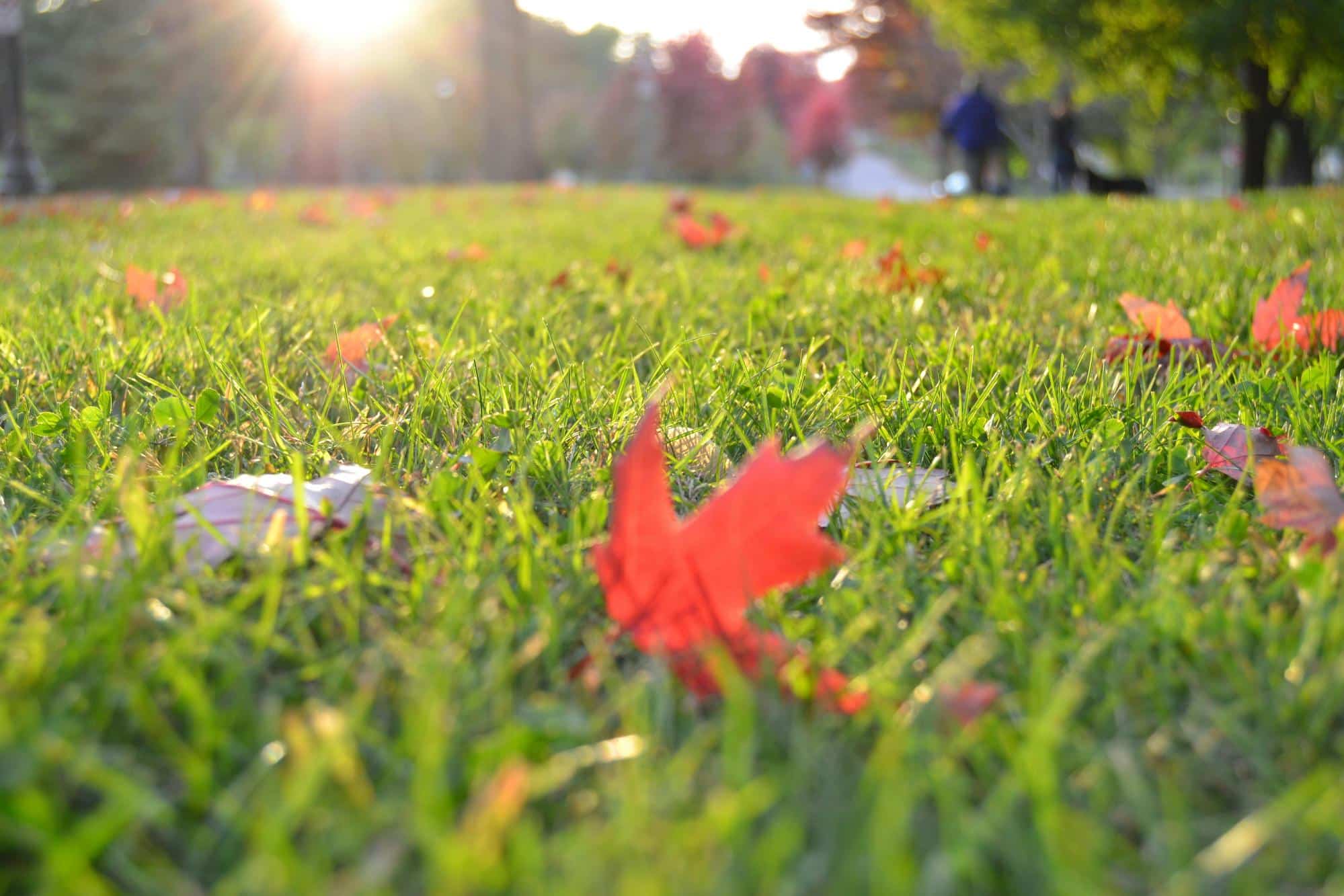How to Create a Stunning Indoor Garden with Rare Plants?
As a peaceful diversion from the busy world, indoor gardening has evolved from a simple pastime to an art form. Creating a beautiful indoor garden has grown more and more fashionable as rare and exotic species gain appeal.
It’s a chance to cultivate some rare and fascinating plants within your house, turning common areas into magnificent botanical retreats.
We’ll explore some crucial ideas in this guide to help you in cultivating a beautiful indoor garden with exotic and rare species. These tips will enable you to design a green haven that symbolizes your own unique style and passion. So, let us explore an array of rare indoor plants and discover how to grow them into thriving specimens.
Choosing the Best Location
Finding the ideal location is the first step in developing a successful indoor garden. Think about how much natural light enters your room. While some rare plants require indirect light, others thrive in strong, direct sunshine. Determine which parts of your house provide the best light for the plants you have selected.
Selecting Rare Plants
Choosing the right indoor plants is the starting point of your indoor garden. Explore and look at a variety of choices, taking into account aspects including their look, development patterns, and maintenance needs. You can also look for companies like Rare Indoor Plants, which will have a great variety to choose from. Among the intriguing options are:
Alocasia Polly: Known for its eye-catching, arrow-shaped leaves with noticeable veins.
Monstera Adansonii: A vining plant that adds a touch of tropical beauty with its distinctive perforated leaves.
Philodendron Birkin: This unique variety adds beauty to any collection with its variegated leaves that include pink or white stripes.
Anthurium Crystallinum: This plant has thick, velvety leaves with noticeable white veins that give it a lavish, exotic appearance.
Hoya Carnosa: Also referred to by the name wax plant, this climbing plant gives your indoor garden a romantic touch with its clusters of fragrant blossoms in a variety of colors.
Creating a Balanced Ecosystem
Make an effort to establish a balanced ecosystem in your indoor garden to guarantee the health and vigor of your unusual plants. Think about the following:
Humidity: Humidity is ideal for the growth of many uncommon plants. To raise the humidity levels around your plants, use a humidifier or set a tray of water close by.
Temperature: Steer clear of sharp swings and maintain a constant temperature range. Temperatures in between 65°F and 75°F (18°C and 24°C) are ideal for the majority of indoor plants.
Air circulation: Proficient air movement inhibits the spread of pests and illnesses. To guarantee enough ventilation, use fans or open windows.
Purchasing Better Pots and Soil
The fruitfulness of an indoor garden is greatly influenced by the quality of the soil and containers. To avoid waterlogging, use pots that drain well and have drainage holes. Choose a premium potting mix for indoor plants, which will supply vital nutrients and encourage strong root development.
Using Water Sensibly
The overall well-being of your rare plants depends on proper hydration. Underwatering can result in stress and withering, while overwatering can induce root rot. Only water when the top one Inch layer of soil feels dry, and keep a constant check on the soil’s moisture content.
Frequent Fertilization
Your plants will receive the nutrients they need to flourish if you fertilize them. Throughout the growth season, use a half-strength diluted balanced liquid fertilizer every two to four weeks.
Managing Infections and Pests
Watch your plants closely for indications of pests or illnesses. Aphids, spider mites, and mealybugs are common indoor plant pests. Use neem oil or insecticidal soap to treat infestations as soon as possible.
Regular Pruning
Trimming on a regular basis keeps your plants healthy and in form. Eliminate any tall growth and any dead or worn-out leaves and stems. Trimming also enhances blooming as well as bushier growth.
Repotting When It Is Required
Your plants could overrun their containers as they become bigger. At least once every one to two years, re-pot them using a new potting mix in bigger containers. Your plants will have more space to establish roots and absorb nutrients if you repot them.
Trying Out Various Configurations
To construct an indoor garden that is both aesthetically pleasing and harmonious, never be afraid to try out different arrangements. To create depth and intrigue, think about utilizing a range of plant heights, textures, and colors.
Conclusion
You can create a vibrant exotic paradise indoors with a little love, dedication. So get those hands dirty, roll up those sleeves and show off your green thumb. Have fun with your gardening!

